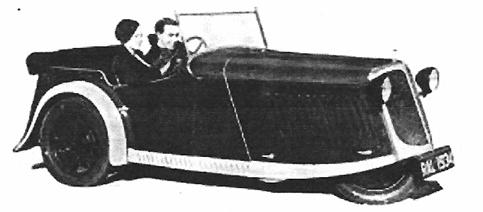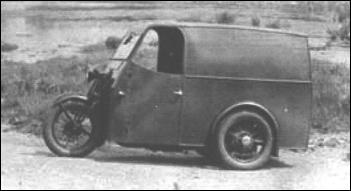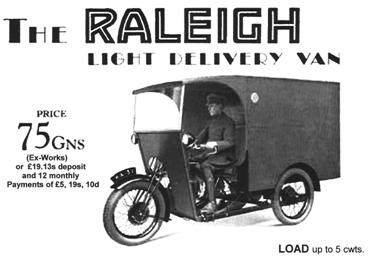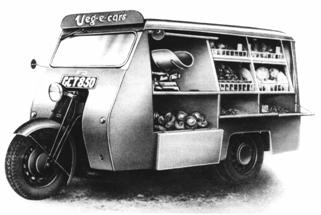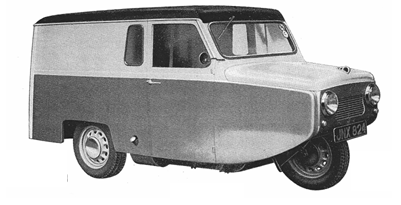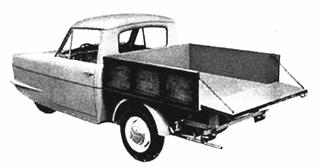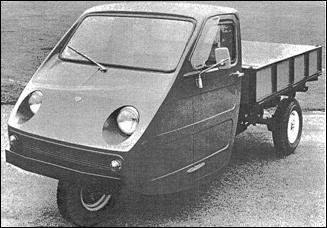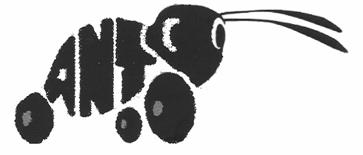Click to access part 2
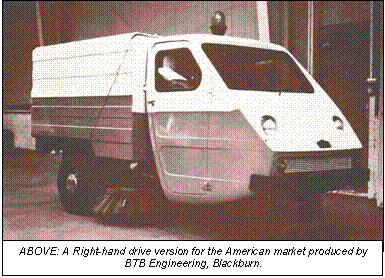
These hopes were dashed when, despite the UK registration documents describing it as an articulated tractor unit, the powers that be could not deal with it in that form and suggested I register it as a pick-up. Even then the idea of a semi-trailer didn’t go away but the cost of coupled brakes did put an end to those thoughts! In the end, I built a low floor trailer for the railway but that’s another story.
Three wheelers are a fairly rare type in the Republic and for that reason they never had (as far as I know) the same type classification they enjoyed in the UK. Here a three-wheel car is classed the same as a four wheel type and similarly the commercial variant. In Britain, you could drive such vehicles on a motorcycle license (provided the car was less than 8 cwt and had no reverse gear!). When Euro-style licenses were introduced, the three wheeler was classified ‘B1’ and only those holding a full motorcycle license – or had applied for a bike test before the new classification - could continue to drive on their (now) category A Motorbike license.
Perhaps one disadvantage of the three-wheeler (particularly in Mayo) is the 50% extra chance of hitting one or more of the many potholes that seem to be the norm these days. However, that little spine-juddering fact aside, one might ask why three wheelers came about. Apart from the bike licence bit (which was incidental really), there were also the taxation benefits and the ability to provide a vehicle at a price below their four wheel counterparts. Also, three wheelers were first in the field of self-propelled vehicles (Nicolas Cugnot’s Steam Tractor of 1770 or Karl Benz’s internal combustion engined vehicle of 1885). Three wheelers are still produced in great numbers but not in UK but rather in India and the Far East.
So, the main
driving force was cost. Motorcycles were fitted
with sidecars and this enabled whole families to be mobile. The trouble
with
sidecars is that passengers are often isolated from the motorcyclist
and one Yorkshire-based
manufacturer, Angus Scott, introduced the
“Sociable” where passenger and
“driver” sat side by side whilst the vehicle had
the same wheel arrangement as
sidecar outfit! Other manufacturers returned to more fundamental basics
and
designed cars with either a conventional (car type) front axle and
single rear
wheel – the likes of Morgan and B.S.A – or a single
front wheel (steered and
sometimes powered) with either a plain or driven back axle –
like Raleigh the
bicycle manufacturer. It was this last manufacturer which, indirectly,
gave
Reliant its start in life.
